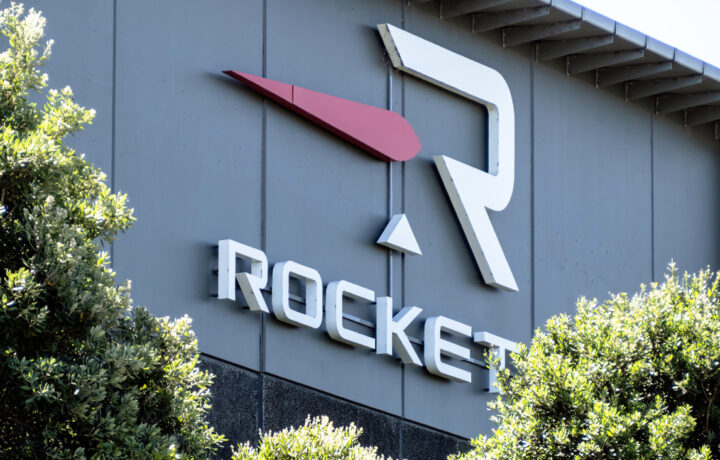Rocket Lab (RKLB) looks to be hitting its stride from an operational standpoint just as the White House is pouring tremendous resources (—even for Washington—) into the country’s space program.
What’s more, RKLB seems to have become a big favorite of the Pentagon, its backlog is rather high, and its valuation is still attractive, despite its shares’ huge rally over the last year.
For all of these reasons, I view RKLB as a good stock to buy for growth investors at this point.
Positive Operational Developments and a Pentagon Favorite
As of July 3, RKLB’s Electron rockets had already completed an impressive ten launches in 2025. Moreover, the firm reported on July 2 that it had “successfully completed the Critical Design Review (CDR) for the Space Development Agency’s (SDA) Tranche 2 Transport Layer-Beta (T2TL-Beta) program.” As a consequence of this development, the company will be able to start building 18 satellites for “the SDA’s Proliferated Warfighter Space Architecture” initiative. The latter program is supposed to enhance the communications capabilities of the militaries of the U.S. and a number of America’s allies.
Also importantly, Rocket Lab is collaborating with the U.S. Air Force to develop a new, larger rocket called the Neutron. Capable of carrying significantly larger cargoes to low-Earth orbit than the Electron, the Neutron is expected to propel RKLB into profitability in 2027. And very encouragingly, the U.S. Air Force Research Laboratory (AFRL) has agreed to use Neutron “to support rapid global point-to-point cargo transportation.”
The new rocket is expected to undergo a test launch in 2025 before carrying out three missions in 2026. If the company adheres to that timetable, Neutron may be incorporated into the Pentagon’s National Security Space Launch Lane 1 program. Since the initiative has a budget of $5.6 billion over five years, being included in it could prove to be a game changer for RKLB.
Additionally, Rocket Lab may generate large amounts of revenue from the Defense Department’s Golden Dome system.
“We intend to be a significant player” in Golden Dome, Rocket Lab CEO Peter Beck said in May.
A Huge Backlog and an Attractive Valuation
Rocket Lab’s backlog of $1.07 billion is rather impressive. Further, the firm is predicting that 56% of the backlog, or $599 million, will be recognized as revenue within the next year. In light of these points and the fact that analysts’ mean 2025 revenue estimate for the firm is $573 million, the company is unlikely to deliver weaker-than-expected quarterly results until at least well into 2026.
Further, analysts on average expect RKLB’s adjusted EBITDA (earnings before interest, taxes, depreciation, and amortization) to enter positive territory next year, and analysts’ mean projections call for the firm to become profitable in 2027. And for the latter year, they predict that its revenue will come in at $1.2 billion, almost triple the level of 2024’s sales of $436 million.
Compared to SpaceX, Elon Musk’s satellite company, RKLB’s valuation is more attractive. As of June 2025, Musk’s company reportedly had a valuation of $350 billion and is expected to generate $15.5 billion of revenue. That equates to a price-to-sales ratio of 22.6 times. Analysts on average expect Rocket Lab’s revenue this year to come in at $573 million, while its valuation is $16.5 billion, yielding a price-sales ratio of 28.8 times.
Yet Rocket Lab is significantly smaller than SpaceX and consequently has much more room to grow. As a result, I expect it to expand much faster than SpaceX in the coming years, and I view its valuation as significantly more appealing than that of Musk’s firm.
Also worth noting is that it’s difficult for ordinary retail investors to buy SpaceX’s shares, as they are not publicly traded, while Rocket Lab’s stock can easily be bought because it is publicly traded in America.
In any case, both companies should benefit a great deal from the very rapid growth of the “space economy.” According to McKinsey, the well-respected consulting firm, the sector’s valuation will jump to a huge $1.8 trillion by 2035 from $630 billion in 2023.
*This article is intended to be informational only; it is not financial advice.




